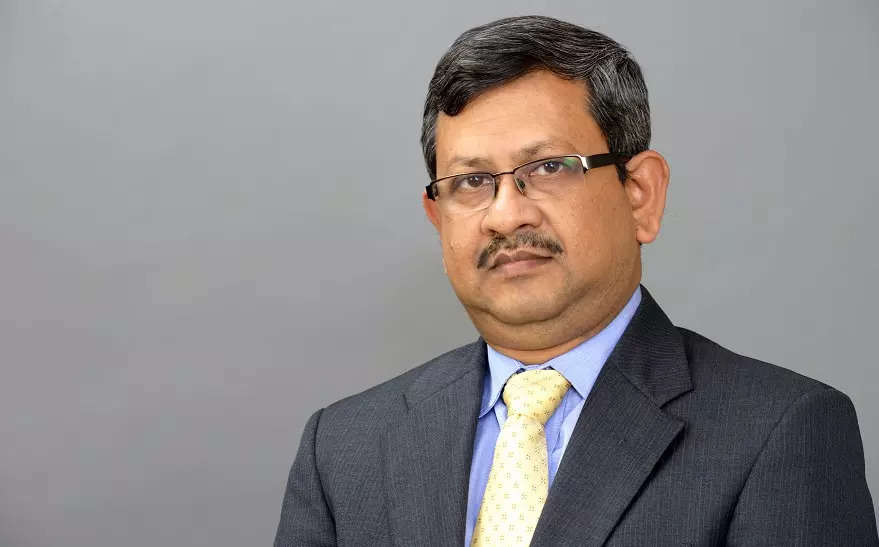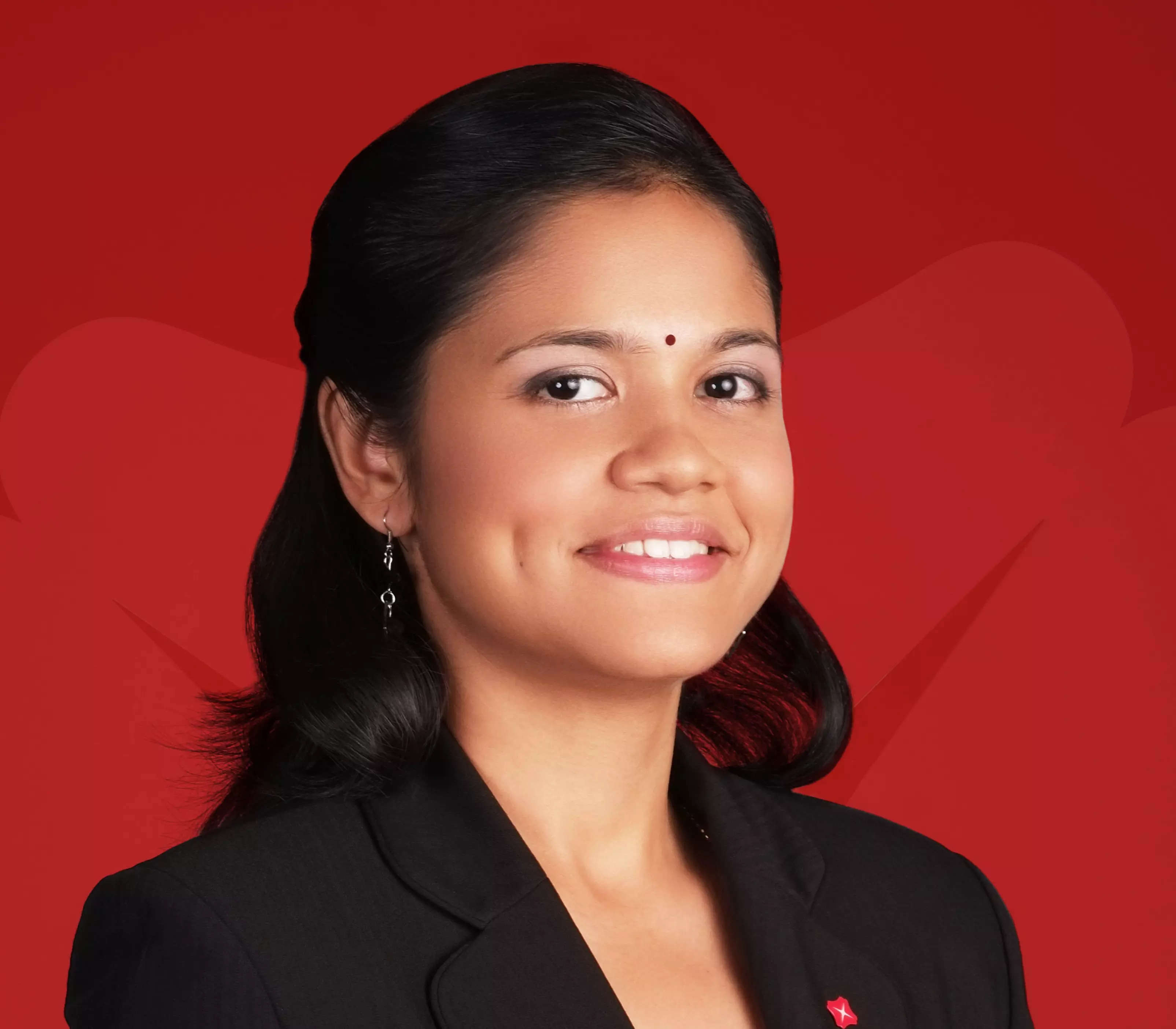The Reserve Bank of India on Thursday decided to retain the repo rate at 6.5 per cent, thereby maintaining a pause on its rate-hike cycle for the ninth consecutive time.
The MPC further decided by a majority of 4 out of 6 members to remain focussed on “withdrawal of accomodation” to ensure inflation progressively aligns to the target while supporting growth.
ALSO READ| RBI MPC’s key announcements: UPI transaction limit to Cheque clearance
Top economists believe that the policy decision by the Reserve Bank of India was on expected lines. They said that the tone of the policy was rather hawkish and that uncertainty on food inflation remains a worry. Some economists continue to expect that the next rate cut will be around the fourth quarter of this financial year.
Here’s what the Economists said :
Abheek Barua, Chief Economist, HDFC Bank
A no change policy with the RBI keeping the repo rate and its stance unchanged. This decision to stay on course has been clearly guided by domestic factors even as rate cut expectations have risen globally. The overall tone of the policy seemed hawkish with the RBI highlighting the risks around stickiness in food inflation. The food inflation forecast was raised by 60bps for Q2 FY25 to 4.4% and now inflation forecasts for the next four quarters all stand above 4%.
With the RBI refraining from creating any space for a policy pivot, expectations of a future rate cut or change in stance will have to be pushed forward.

Indranil Pan, Chief Economist, YES Bank
Recent rumblings in the global financial markets and expectations for the US Fed to be aggressive in its rate cutting cycle have failed to sway RBI away from its views on how monetary policy needs to be conducted in India. I think the RBI was a tad more hawkish than in the previous MPC, probably to firmly establish in the minds of the market that it should not expect any rate cuts soon. In this context, the RBI clearly indicated that there is still a distance to cover to align inflation to the 4% target.
ALSO READ| RBI MPC meet: Policy rate unchanged at 6.5%, inflation forecast at 4.5%
RBI’s thought on the debate if it could be more suitable to target core rather than the headline inflation indicates that for the MPC food inflation remains important as it has a high share in the consumption basket of the public and that it could influence the household’s inflation expectations.
RBI acknowledges that the financial sector in India is strong, but stresses on the need to proactively flag off the risks and challenges. For the RBI, a high CD ratio of the banking system had been of some concern, and it could be true that the RBI would want to see the CD ratio coming down to more reasonable levels before easing monetary policy.

Madan Sabnavis, Chief Economist, Bank of Baroda
The credit policy was more or less on expected lines. The Governor has maintained that there has still not been complete transmission of the 250 bps hike in repo rate which makes the stance remain unchanged at ‘withdrawal of accommodation’. The RBI has affirmed its confidence in the growth story of India and projected GDP to increase by 7% next year. With growth on target, the concentration will be on bringing down inflation to the target of 4%.
ALSO READ| RBI MPC: UPI transactions limit enhanced to Rs 5 lakhs from Rs 1 lakh for tax payments
Based on the quarterly projections of inflation for next year, we believe that a rate cut is possible only in Q2 FY25 when the forecast of inflation is 4%. However, it is expected to increase in Q3 and Q4 to above 4.5% and hence there will be a nuanced approach by the RBI. We do get a sense that the RBI will have to be convinced that inflation is stable and in the downward path before it embarks on either changing stance or the repo rate.
Upasna Bhardwaj, Chief Economist, Kotak Mahindra Bank
The RBI expectedly kept rates and stance unchanged with unambiguous focus being retained on inflation. With growth remaining robust the MPC still has room to hold on to policy stance to get confirmation on the disinflationary trend. We continue to expect scope for change in stance in the October policy with rate cuts beginning from December. The prospects of simultaneous change in stance and rate cuts could increase depending on how domestic inflation and global environment transitions.
Radhika Rao, Executive Director and Senior Economist, DBS Bank
Policy guidance reinforced that domestic considerations will be prioritised, despite a sharp buildup in rate cut pricing for the US Fed. The RBI MPC retained its cautious tone on inflation, in the face of an anticipated passthrough from perishables price pressures and tariff adjustments. With domestic demand conditions calling for a focus on inflation, we expect the policy rate to stay on hold for the rest of the year.
Achala Jethmalani, Economist, RBL Bank
A food for thought policy. In a 4:2 vote the MPC maintained a status-quo on policy rates and stance. With food basket having a weight of 46% in inflation, it cannot be completely ignored. More so, when the risk is due to the nature of food inflation which has been more persistent than transitory. The weight to the thought of tracking inflation excluding food or looking at core inflation was reduced.
ALSO READ| In a bid to curb scams, RBI announces ‘public repository’ of Digital Lending apps
The proactive liquidity management has kept liquidity conditions benign, and a pivot to easy policy is still a couple of quarters away. The majority of MPC has reiterated on its 4% inflation target and for the banking sector, the Governor (re)emphasised on deposit mobilization as deposit growth has been trailing credit growth. Overall, with the growth forecast of 7.2% YoY and inflation forecast of 4.5% for FY25 the MPC is not seen in a hurry to pivot to cuts in CY24. We still see first rate cut to come through in Q1 CY25.
Siddhartha Sanyal, Chief Economist and Head of Research, Bandhan Bank
The status quo on the repo rate is no surprise. The central bank was emphatic to underscore their commitment for further disinflation. They seem to be in no hurry to cut rates.
While RBI closely watches the heightened volatility in financial markets globally, it rightly avoids any knee-jerk reaction. Given India’s generally strong macro backdrop including current account deficit of sub-1% of GDP, decent FII flows and a large forex reserve cushion, one feels that fundamentally INR is on a strong footing.
Growth in reserve money – the measure of primary liquidity infusion by the central bank into the banking system – has been markedly weak, often in a range of 6-8% y/y during the last two years. Given the trend of bank deposits growth lagging credit growth now for 28 straight months, one expects the RBI to step up the pace and quantum of primary liquidity infusion in the coming months in order to provide the desired quantum of liquidity for smooth functioning of the banking system.















